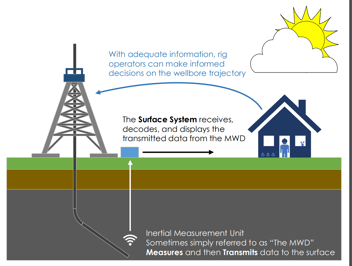Building Test Systems: Where to Get Started
As products become more sophisticated, thorough testing has become critical to success. As a result, many organizations’ test resources have been stretched thin and they’ve been forced to adapt. A well designed test system can free up resources and bridge resource gaps, while ensuring products meet your company’s highest quality standards. Figure 1 depicts the complete design process for an automated test system. This article will focus on the requirements capturing process.
Figure 1 Design Process for Automated Test System
Capturing the Requirements
Accurately defining the requirements is the first and most important step when designing a test system. A mistake made here is costly and causes significant delays. Here is the process Erdos Miller uses to define requirements for test systems we build for our clients.
1. Define the budget and timeline
2. Identify all the measurements needed and the accuracy required for each measurement. In this step, make sure that you do not go overboard by over-designing the accuracy of the test system relative to the system you are testing, which is a common and costly mistake.
3. Take a holistic look at the business and align the test system to meet the business's needs. Does your current design create any bottle necks in the testing process? Or have you over-extended the requirements for the testing system and created an inefficient system? These two traps have caught many well-intentioned engineers and designers in the past. A designer should take a step back and compare the limitations of their design with the businesses’ goals and make sure they line up. Here are some questions that you should be asking yourself.
a) Does the system need to be able to handle all the requirements you have placed on it? Or would you be able to increase capacity and reduce cost by partitioning off certain functionality to other test systems?
b) Is one edge case requirement driving a significant part of your design? If so, what affects does this have on the system and its operation?
4. Determine what the system needs to be able to do in the future. Are there new product features that are going to be added? If so, what needs to be added to the test system to test them?
5. Re-assess the requirements and identify any potential problems.
a) Is the budget and timeline in sync with the requirements?
b) Is the accuracy of the test system in alignment with the system under test?
c) Are you adding any significant bottle necks by making the test system overly complex?
Summary
Detailed and accurate design requirements are critical to designing an automated test system. Any mistake made during the requirements stage will be costly and result in significant delays. In order to avoid mistakes, Erdos Miller uses the process described above. If you found this article useful, keep an eye out for the second step of this process explained: Design Architecture.
If you are interested in building an automated test system, please give our application engineers a call.





